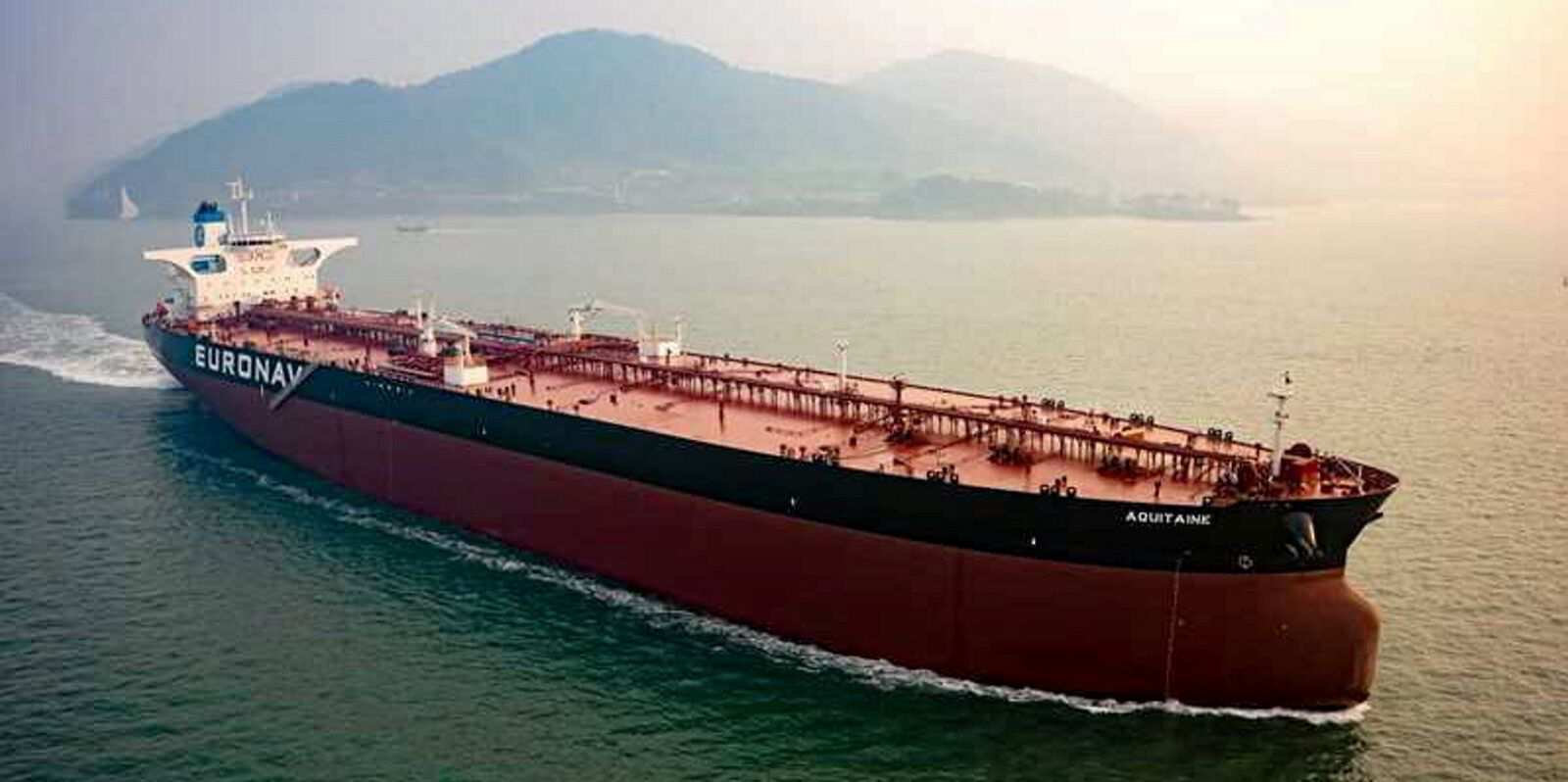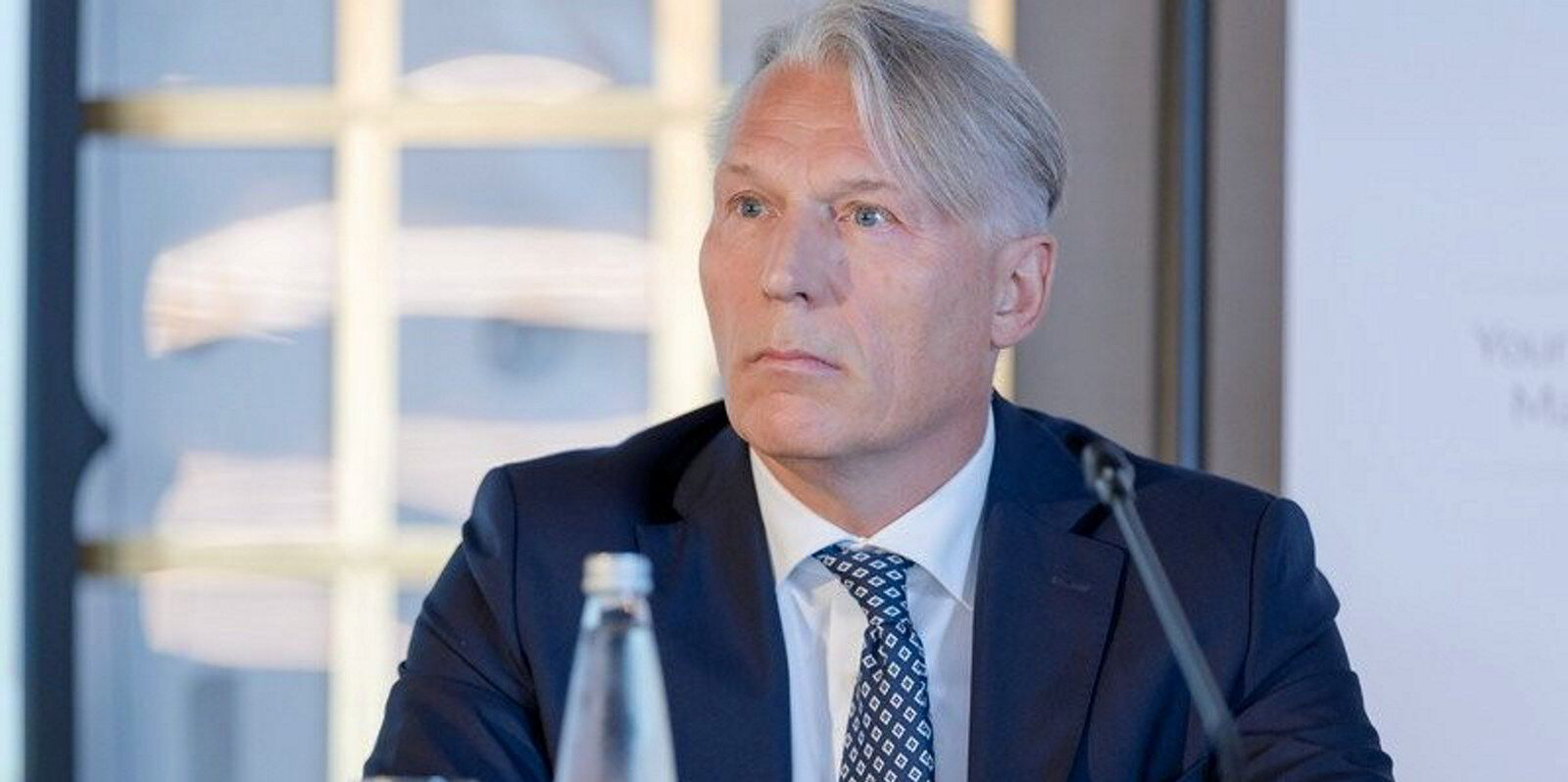As rates for VLCCs and suezmaxes took a tumble this summer, they found work in an unlikely place.
According to figures from Steem1960 Shipbrokers, the share of uncoated tankers — that is vessels typically used in crude oil trades — carrying petroleum products hit roughly 65m tonnes, or 15%, of cargoes in July and August.
It was the highest share in 25 years, or as far back as the Norwegian broker’s records go.
“For the clean trading ships, particularly LR2s, the effect is clear. As volumes are taken out, so is natural demand in the market, causing rates and earnings to drop hard,” Steem1960 said.
“It also has the more long-lasting effect of causing ships to pile up in the east, meaning once volumes return we have to chew through long lists before sentiments can fully recover.”
The move has been particularly meddlesome from VLCCs, which can lift as much as a standard product tanker plus the equivalent of a handysize vessel.
VLCCs have struggled for some time relative to their smaller counterparts, which have benefited from the Red Sea crisis and Russia’s invasion of Ukraine, and were joined by suezmaxes once the slow summer period began.
The Baltic Exchange’s time-charter equivalent assessment for VLCCs has rallied over the past week, hitting $38,670 per day while the suezmax assessment spent the past week ticking up to $23,690 per day — but both trail previous peaks seen earlier this year.
Meanwhile, the Baltic Clean Tanker Index started July at 833 and trended down through the month until 26 July, when it fell hard from 814 to 599 just a few weeks later. Tuesday’s reading came in at 620.
The LR2-specific Middle East Gulf to Japan route fell from Worldscale 185 on 1 July to WS 134 on Monday.
Like many in the tanker space, Steem1960 said it sees the seasonally stronger northern hemisphere winter as a catalyst to end the phenomenon.
Demand typically rises toward the end of the year and VLCCs are expected to benefit from rising Chinese demand.
“That said, there is much uncertainty to Chinese demand towards the end of the year, and we are not out of the woods quite yet,” Steem1960 said.
“It also seems clear we will see a stronger correlation between CPP [clean petroleum products] and DPP [dirty petroleum products] markets going forward, with CPP in particular more vulnerable to cannibalisation.”





